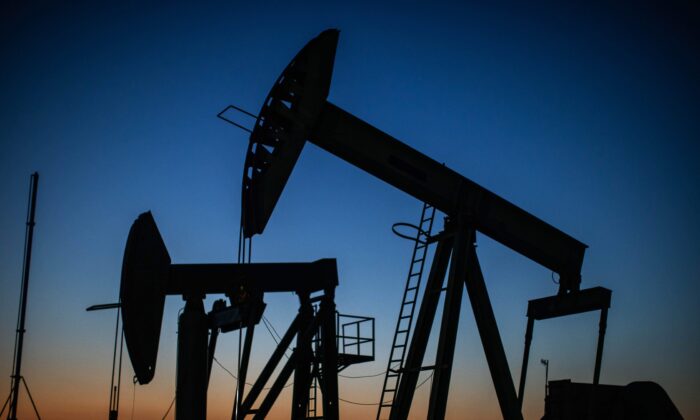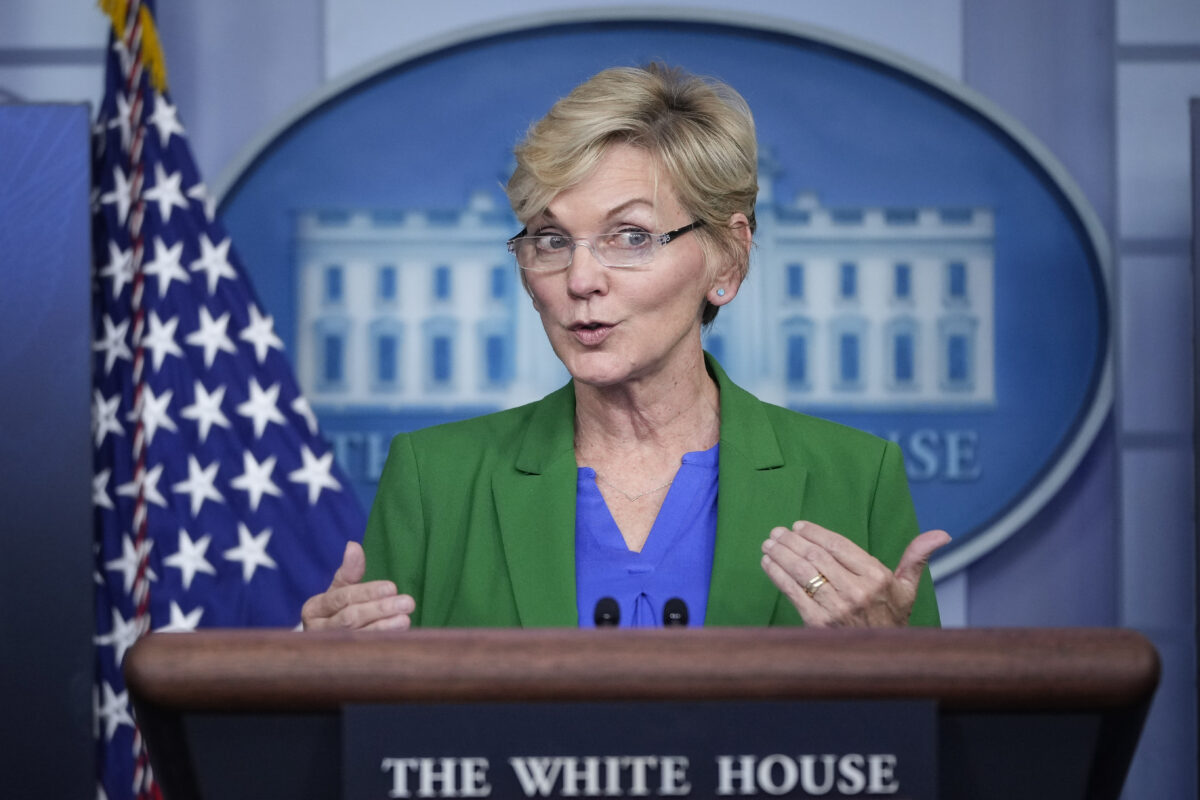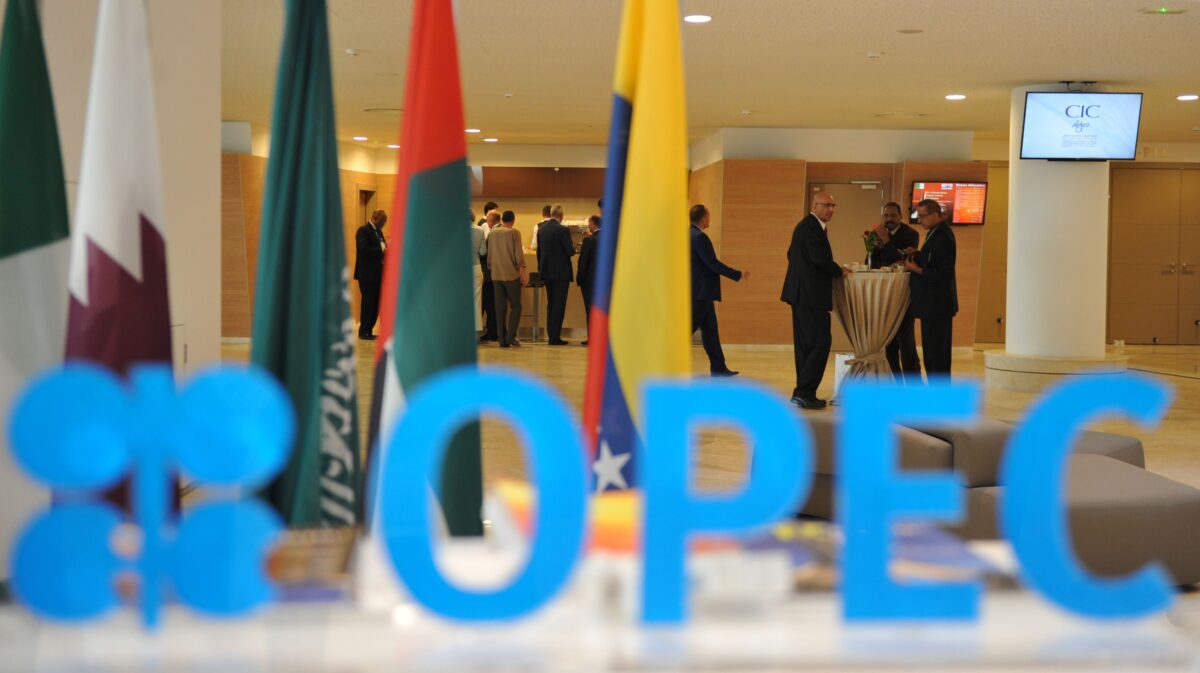
President Joe Biden announced on Tuesday that he will be releasing 50 million barrels from the nation’s Strategic Petroleum Reserves (SPR) as part of coordination with several other advanced economies, including China, the United Kingdom, and India. objective is to ease soaring energy prices by injecting more supply into global oil and gas markets.
Soon after President Biden confirmed that the United States would be tapping into domestic inventories, December West Texas Intermediate (WTI) crude futures erased their losses and rallied 2.5 percent to nearly $79 a barrel. December RBOB gasoline futures also turned positive during the session, hitting an intraday high of a little more than $2.80.
Strategists note that investors had priced in the multilateral relief measure, confirming why WTI and Brent contracts had slipped as much as 5 percent over the last month.
Damien Courvalin, Goldman Sachs commodity strategist, explained in a note to clients that Biden’s announcement was “fully priced in,” suggesting that financial markets agreed that this offers a short-term remedy to the structural deficit. Still, it might fail to address the fundamental issues in the volatile sector in the long run.
Although Energy Secretary Jennifer Granholm could not provide the amount of oil Americans consume each day during a Tuesday White House press briefing, Energy Information Administration (EIA) data show that consumers use between 18 and 20 million barrels a day. However, with 50 million barrels being pumped into the markets—18 million barrels of which will be going to China and India—the administration’s amount might only be enough for several days’ worth of consumption.

Economists further purport that this will compound the problems weighing on the energy sector. By releasing oil from the SPR, the Biden administration could artificially lower prices. This would lead to a rise in demand and tightening inventories. Should prices slump, the downward trend would discourage greater crude exploration and output, contributing to deficits in global energy markets.
Moreover, since these strategic reserves need to be replenished, industry observers aver that there will be an uptick in demand at a later period, referring to the policy as a “swap.”
After the president approved the SPR release, it will take 13 days for these barrels of oil to reach the international marketplace.
Is Relief Coming to Consumers?
Granholm described the president’s solution as a “bridge” to lower prices, conceding that there is not “going to be some dramatic difference.”
“In December, the price will be about $3.19 a gallon and then in January it’s going to go down,” she noted.
According to AAA, the national average for a gallon of gasoline stood at $3.409 on Monday, up from $2.11 the same time a year ago. Crude prices account for about half of what motorists pay at the pump.
For consumers, the White House decision’s effects may not bear fruit until the new year, Granholm prognosticated.
“In December, the price will be about $3.19 a gallon and then in January it’s going to go down,” she noted.
measure may not even lead to any decline in gasoline prices. Or, if there is a drop, it might not be seen for a while since these types of tactics can take a while to travel through the system, strategists predict.
“For drivers wondering if gasoline prices will get lower as a result of the SPR release in the U.S., the reality is that this may not happen at all, or only with a significant lag time,” stated Bjornar Tonhaugen, Rystad Energy’s Head of Oil Markets.
“Firstly, the stock release, especially by the U.S. and possibly China, will be in crude barrels. For this to impact gasoline supplies, it must result in higher gasoline production from refineries which could only happen with a lag and in a case that margins improve while refiners expect gasoline demand to develop positively in the near term.”
other factor is that refineries have already purchased their oil supplies for December.
Looking ahead to 2022, motorists could save a few cents per gallon, estimates Andrew Lipow, president of Lipow Oil Associates.
At the same time, triple-digit oil prices are still expected by many industry experts. Francisco Blanch, global head of commodities and derivatives research at Bank of America, told Bloomberg in September that crude could reach $100 by September 2022, or perhaps earlier if this winter’s cold temperatures are below normal.
main issue, Blanch argued, was the “underinvestment problem” that coincides with escalating demand.
In addition to the EIA’s weekly snapshot of U.S. inventories, the fallout of the “anti-OPEC” position the administration is taking could be the next driver of price movements, writes Louise Dickson, a Senior Oil Markets Analyst at Rystad Energy.
War on OPEC?
Organization of the Petroleum Exporting Countries and its allies, OPEC+, will be holding the monthly ministerial meeting on Dec. 2. This will be a much-anticipated meeting for global financial markets because officials could agree to slash production levels in retaliation to the latest developments.

OPEC+ delegates assert that the administration’s policy prescription is unreasonable and unjustified by current market conditions. This position, some say, could be a clue that it will ditch its plan to suspend production of 400,000 barrels of supply per day.
“OPEC thinks that the U.S. move is unjustified by the current market conditions—which is of course nothing but a bad faith, but the cartel will likely scrap its plans to pump 400,000 barrels of additional daily supply when it meets next Thursday,” said Ipek Ozkardeskaya, a senior analyst at Swiss Quote, in a note.
“Until then, we will probably see the oil traders’ heart pounding between larger strategic supply from the biggest oil consumers, and prospects of lower OPEC supply. refore, there is little chance we see oil breaking important price levels. On the downside, the $74 pb level should act like a solid support, while offers should come in play into the $80 psychological level.”
Over the next week, how OPEC responds could be “the million-dollar question,” says Tonhaugen. But Joseph McMonigle, secretary-general of the Riyadh-based International Energy Forum (IEF), believes OPEC+ energy ministers will keep their plans intact unless “external factors” force ministers to reassess the market.
“However, certain unforeseen external factors such as a release of strategic reserves or new lock-downs in Europe may prompt a reassessment of market conditions,” McMonigle added in a statement.
That said, some market observers say OPEC will be the victor in the long run because “they will eventually be paid to replace those reserves,” wrote Phil Flynn, author of “ Energy Report” and daily market commentator.
“This planned release will only have a short-term impact on price but long-term ramifications for the global oil market,” Flynn explained. “This move will give more power to OPEC and Russia and will put U.S. producers at a competitive disadvantage. OPEC Plus can hold out longer than global strategic reserves and they know that they will eventually be paid to replace those reserves.”
On the geopolitical front, the situation could further strain relations between Washington and Riyadh, noted Helima Croft, the chief commodities strategist at RBC Capital Markets LLC. White House has requested the cartel to raise production levels to curb prices in recent months, with the Energy Secretary accusing the group of refusing to support the global economic recovery. After being rebuffed by the organization, many strategists agree that the situation has turned political.
Whatever happens, Warren Patterson, the head of commodities strategy at ING, anticipates that the unfolding events could “leave the potential for further volatility in oil markets.”
Pezou : Biden Tapping Oil Reserves May Trigger OPEC War, Fail to Help Consumers: Strategists